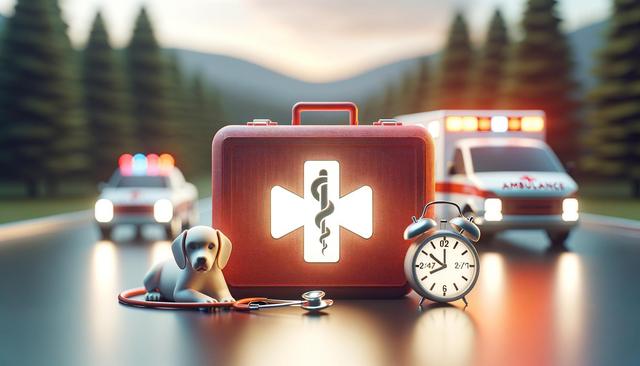Recognizing a Pet Emergency
Understanding what constitutes a pet emergency is crucial for any pet owner. While some symptoms may appear mild, others demand immediate attention. Common signs that require urgent veterinary care include:
- Severe bleeding or injury
- Unresponsiveness or loss of consciousness
- Difficulty breathing
- Seizures or continuous vomiting
- Suspected poisoning or ingestion of harmful substances
In these situations, delaying care can lead to worsening conditions or even be life-threatening. It’s essential to remain calm and act quickly by locating the nearest emergency pet clinic. Keeping a list of local emergency pet care services can save valuable time during a crisis.
Where to Find Emergency Pet Care Services Nearby
Locating emergency pet care services nearby can be done through several methods. Start by checking with your regular veterinarian, as many clinics offer after-hours emergency lines or partnerships with nearby 24/7 animal hospitals. Additionally, online directories and apps can help you pinpoint local emergency services quickly. Look for facilities that are clearly marked as urgent care or emergency vet clinics.
Consider these options to locate emergency services:
- Search online using terms like “emergency pet care near me”
- Use pet-specific apps that list local veterinary hospitals
- Call your vet’s after-hours number for guidance
- Ask local pet communities or shelters for recommendations
Having this information ahead of time can be a lifesaver. Identify at least two nearby facilities and note their contact information and directions in a place that’s easy to access during emergencies.
What to Expect at an Emergency Pet Clinic
Emergency pet clinics operate differently from regular vet appointments. Upon arrival, your pet will typically be triaged, meaning that their condition will be assessed to determine the urgency of care. Critical cases are treated first, so wait times can vary depending on the situation.
Here’s what you can expect:
- A quick evaluation upon arrival
- Discussion of symptoms and recent events
- Diagnostic tests such as X-rays or bloodwork
- Treatment plans, including medication or surgery if needed
Costs can be higher than regular vet visits due to the urgent nature of services. Many clinics offer estimates before proceeding with treatment. It’s a good idea to inquire about payment options or pet insurance acceptance ahead of time.
Preparing for a Pet Emergency in Advance
Being prepared can make a critical difference during a pet emergency. Start by assembling a pet emergency kit that includes basic medical supplies, a copy of your pet’s medical records, and contact information for emergency clinics. Additionally, ensure your pet is microchipped and wears a collar with updated tags for identification.
Here are key steps to prepare for emergencies:
- Know the location and contact info of two nearby emergency vet services
- Keep a pet first aid kit at home and in your vehicle
- Understand common local hazards such as toxic plants or wildlife
- Review emergency procedures with all family members
Preparedness minimizes stress and allows you to act swiftly and effectively, giving your pet the best possible chance for recovery.
Supporting Your Pet’s Recovery After Emergency Care
After emergency treatment, your pet may require special care at home. Follow all instructions provided by the veterinary staff, including medication schedules, dietary restrictions, and activity limitations. It’s important to attend follow-up appointments and monitor your pet’s progress closely.
Support your pet’s recovery by:
- Creating a quiet, comfortable space for rest
- Administering medications as directed
- Watching for signs of relapse or complications
- Maintaining clear communication with your vet
Recovery times can vary depending on the nature and severity of the emergency. Stay patient and provide emotional support, which can be just as important as medical care. A calm and nurturing environment promotes healing and reassurance for your pet.


